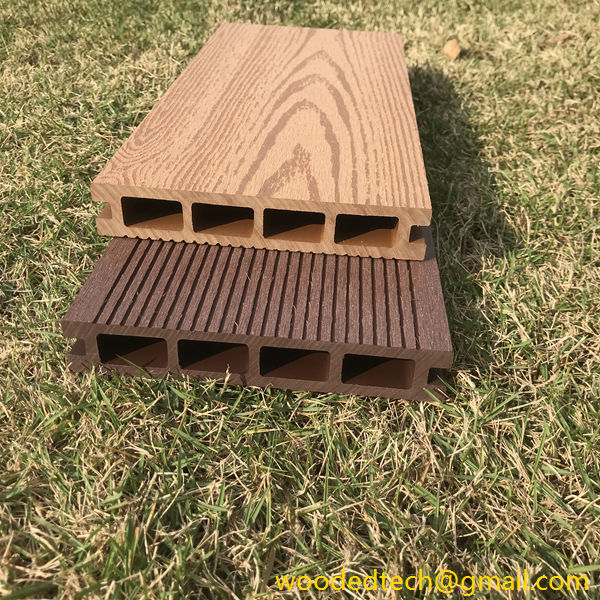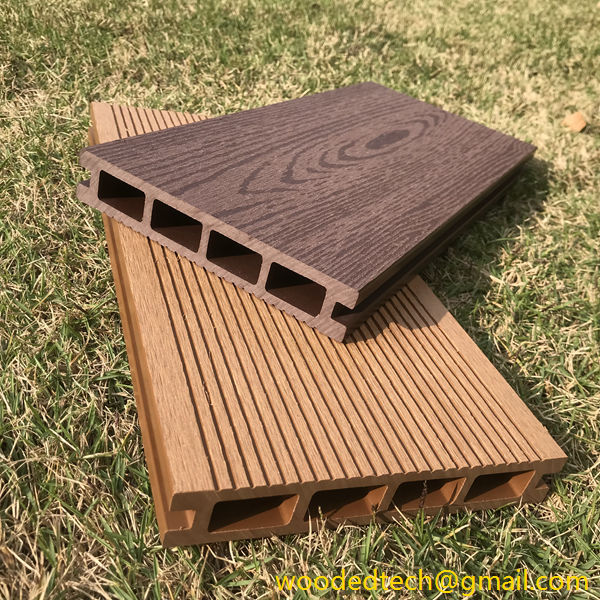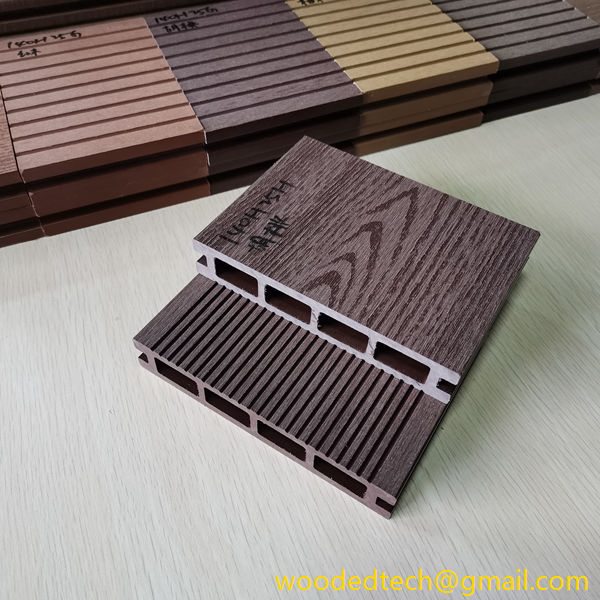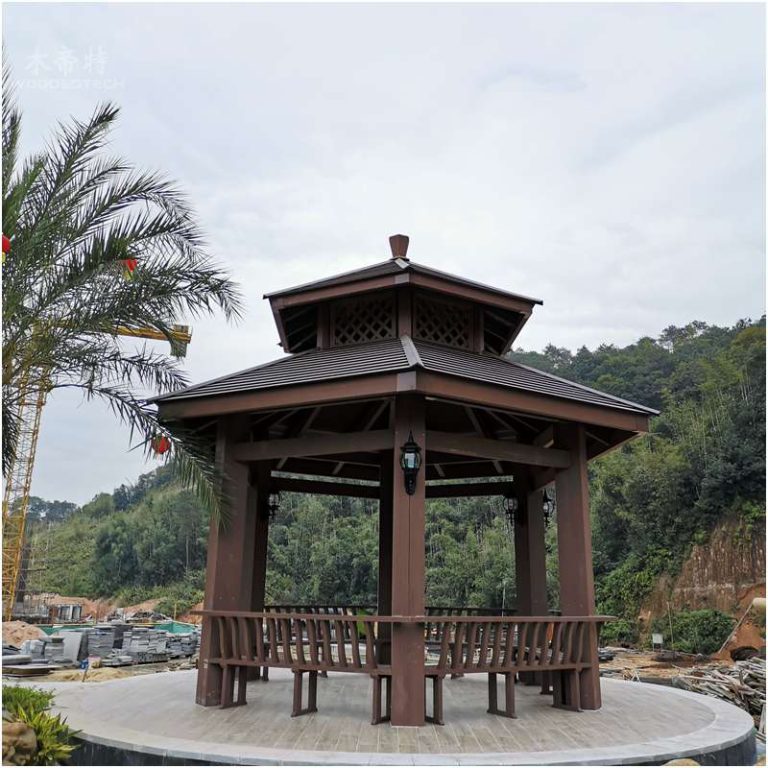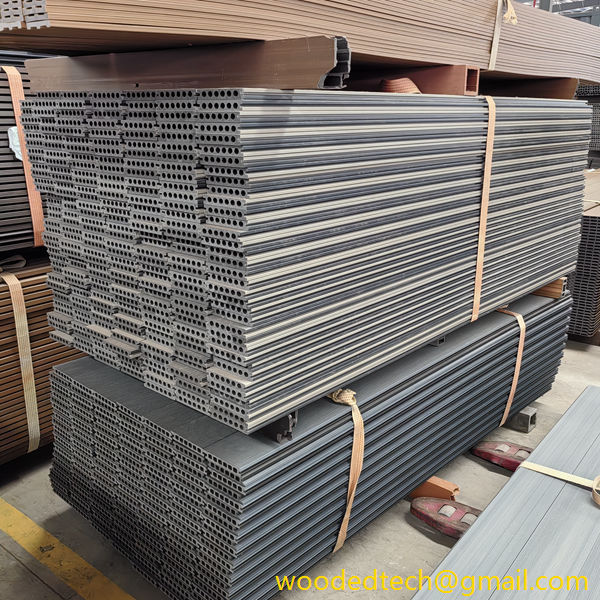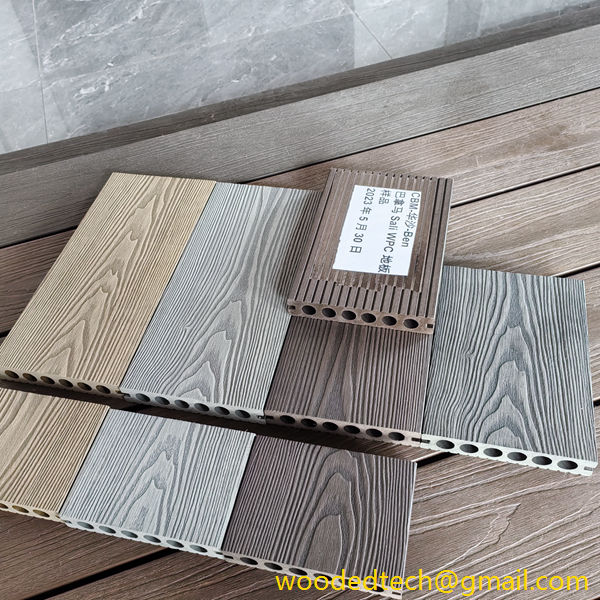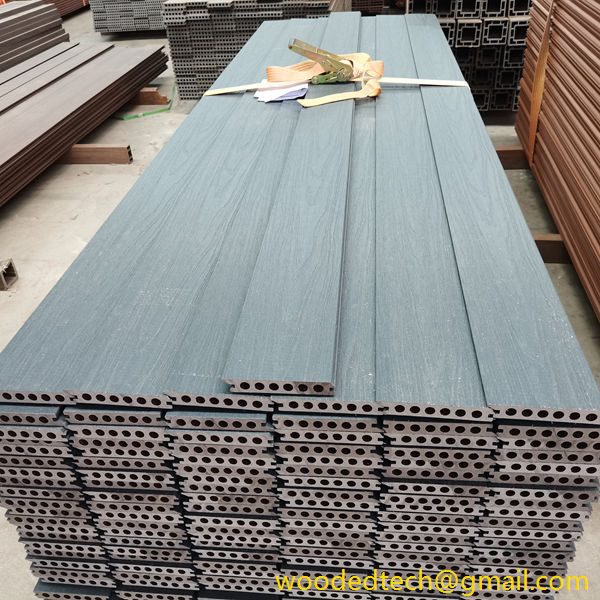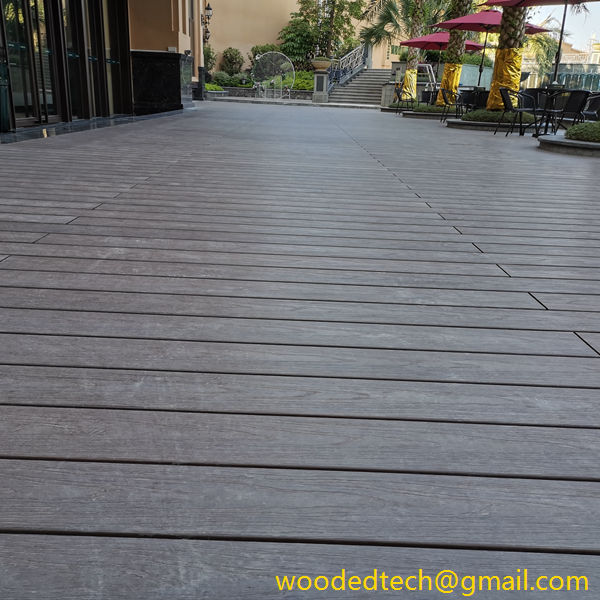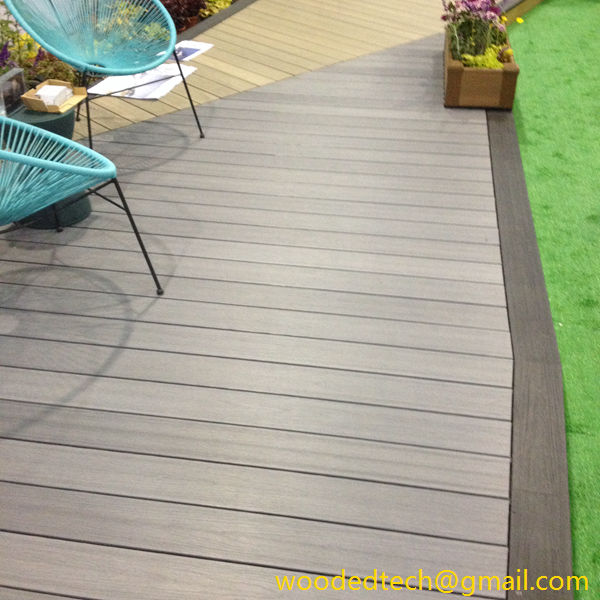What Is Capped Decking and How It Offers Enhanced Protection and Aesthetic Appeal for Your Deck
What Is Capped Decking and How It Offers Enhanced Protection and Aesthetic Appeal for Your Deck Capped decking is a modern innovation in the field of outdoor decking materials, designed to provide both enhanced protection and aesthetic appeal for residential and commercial outdoor spaces. This type of decking combines the durability of traditional wood products…
What Is Capped Decking and How It Offers Enhanced Protection and Aesthetic Appeal for Your Deck
Capped decking is a modern innovation in the field of outdoor decking materials, designed to provide both enhanced protection and aesthetic appeal for residential and commercial outdoor spaces. This type of decking combines the durability of traditional wood products with advanced materials technology to create a surface that is not only resilient but also visually striking. As homeowners and builders increasingly seek long-lasting, low-maintenance solutions for decks, capped decking has emerged as a popular choice.
At its core, capped decking consists of a composite board that is coated with a protective layer, or cap, made from a polymer or a similar synthetic material. This cap serves multiple purposes, primarily shielding the core material from the elements, which can cause deterioration over time. The core of capped decking is typically made from recycled wood fibers and plastic, which contributes to its eco-friendliness while ensuring structural integrity and strength.
One of the primary advantages of capped decking is its exceptional resistance to moisture. Traditional wood decking can suffer from water damage, leading to warping, swelling, and even rot. In contrast, the capped surface effectively repels water, preventing it from penetrating the core material. This feature not only extends the lifespan of the decking but also reduces the need for frequent repairs or replacements. Homeowners can enjoy their outdoor spaces without the constant worry of weather-related damage.
In addition to moisture resistance, capped decking is also highly resistant to fading, staining, and scratching. The cap protects the underlying material from UV rays, which can cause colors to fade over time. Moreover, spills from food, drinks, or other substances are less likely to leave permanent stains on the surface. This is particularly advantageous for families who enjoy outdoor entertaining or have children and pets that may contribute to wear and tear on traditional decking materials.
From an aesthetic perspective, capped decking offers a wide variety of design options. Manufacturers produce capped boards in numerous colors, textures, and finishes, allowing homeowners to customize their decks to match their personal style and the surrounding landscape. Whether one prefers the look of natural wood or a more modern appearance, capped decking can accommodate these preferences with ease. The ability to achieve a high-end look without the associated maintenance costs makes capped decking an attractive choice for many.
Another significant benefit of capped decking is its low maintenance requirements. Unlike traditional wooden decks that require regular staining and sealing to protect against the elements, capped decking simply needs occasional cleaning with soap and water to keep it looking its best. This ease of maintenance not only saves homeowners time and effort but also reduces long-term costs associated with upkeep.
Environmental sustainability is also a key consideration in the construction of capped decking. Many manufacturers use recycled materials in their composite boards, which helps reduce waste and the need for virgin resources. This focus on sustainability appeals to environmentally conscious consumers who are looking for ways to reduce their ecological footprint. By choosing capped decking, homeowners can enjoy a beautiful outdoor space while also making a responsible choice for the planet.
Furthermore, capped decking is designed with safety in mind. Many products on the market feature slip-resistant surfaces, making them a safer option for areas that may be exposed to moisture, such as around pools or in rainy climates. This feature adds an extra layer of peace of mind for homeowners, especially those with children or elderly family members who may be more vulnerable to slips and falls.
Capped decking also supports a variety of installation methods, making it versatile for different construction scenarios. Whether it is being installed as a new deck or used to replace an old one, capped boards can often be cut and shaped with standard woodworking tools. This adaptability can make it easier for builders and DIY enthusiasts to work with the material, further enhancing its appeal.
In conclusion, capped decking represents a significant advancement in material production technology within the decking industry. By combining the benefits of synthetic materials with the aesthetic qualities of traditional wood, capped decking offers homeowners an ideal solution for outdoor spaces. Its enhanced protection against moisture, fading, and staining, paired with low maintenance requirements and sustainable practices, makes it an attractive choice for those looking to create beautiful, long-lasting decks. With a wide range of design options available, capped decking allows for personalization while also ensuring safety and durability. As consumers continue to prioritize both functionality and style in their outdoor living spaces, capped decking stands out as a premier choice that meets and exceeds these expectations.

